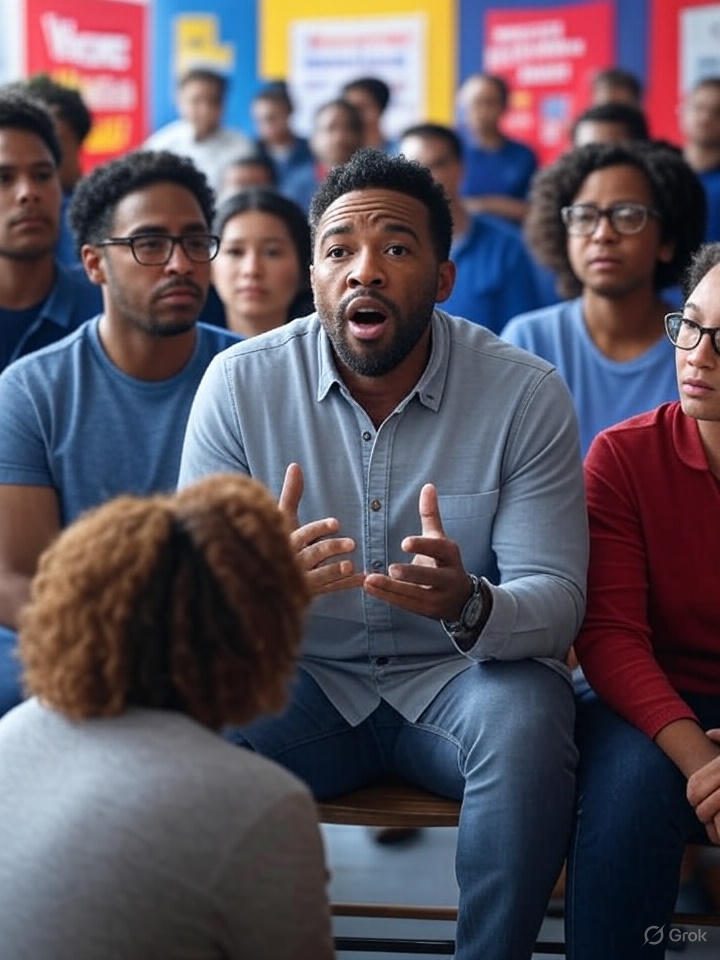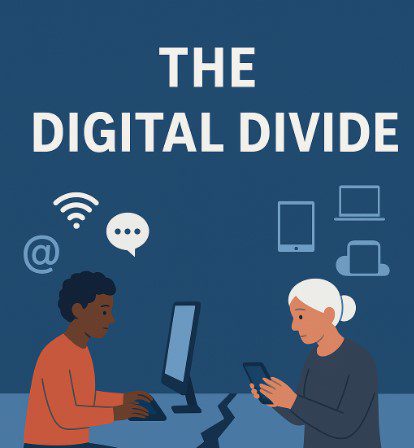Introduction
Have you ever wondered why certain topics dominate your social media feed while others fade into silence? In 2023, a staggering 70% of Pakistanis actively used social media to voice opinions, shaping public discourse like never before. Public discourse and public opinion are the heartbeat of any society, influencing everything from policy decisions to cultural shifts. This article dives into the dynamic interplay between these forces, exploring how they form, evolve, and impact communities worldwide. Whether you’re a student unraveling sociological concepts or a curious reader, understanding this topic is key to navigating today’s interconnected world. Let’s explore the causes, effects, and real-world examples that define public discourse and public opinion.
The Foundations of Public Discourse and Public Opinion
What Shapes Public Discourse?
Public discourse refers to the ongoing conversation among people on issues that matter—politics, health, or social justice. It’s shaped by media, leaders, and everyday citizens. In Pakistan, the rise of social media platforms like Twitter and Facebook has revolutionised the way ideas spread. For instance, the 2022 floods sparked debates on climate change, with citizens amplifying government responses.
- Media Influence: Traditional outlets and digital platforms set the agenda.
- Cultural Context: Values and traditions filter what’s discussed.
- Technology: Internet access, with 124 million broadband users in Pakistan by 2023, fuels rapid idea exchange.
How Public Opinion Forms
Public opinion is the collective attitude of a group, often swayed by discourse. It’s not just random—it’s molded by education, socioeconomic status, and exposure to information. Research shows that in Pakistan, religion plays a significant role, with 45% of people agreeing social media reflects religious views. This blend of factors creates a complex web influencing societal views.
The Role of Media in Shaping Public Discourse and Public Opinion
Media as a Catalyst
Media acts as a mirror and a mold for public discourse and public opinion. In the U.S., the partisan divide in news channels like Fox and CNN has deepened political polarization since the 2000s. In Pakistan, TV news bulletins often frame political narratives, with studies showing 75% of viewers aged 21-31 rely on them for opinions.
- Real-Time Impact: Live broadcasts during elections sway voter sentiment.
- Bias Concerns: Exaggerated headlines can distort facts, as seen in Pakistani news analyses from 2018.
Case Study: Pakistan’s Social Media Surge
The exponential rise of social media in Pakistan, with over 70 million users, has democratized discourse. During the 2021 political protests, citizens used hashtags to challenge censorship, shifting public opinion against traditional power structures. However, this also spreads misinformation, highlighting the need for digital literacy programs.
The Role of Traditional Media vs. Social Media
| Traditional Media (TV, Newspapers) | Social Media (Twitter, TikTok) |
|---|---|
| Curated, fact-checked content | Instant, unfiltered opinions |
| Slower but more reliable | Viral but prone to misinformation |
| Influences older generations | Dominates youth perspectives |
Example: Political Campaigns in Pakistan
-
2018 Elections: The PTI effectively utilised social media to engage the youth.
-
2024 Elections: Fake news on WhatsApp groups manipulated voter opinions.
Global and Local Case Studies
Pakistan’s Political Communication
A 2024 study on political communication in Pakistan revealed how media discourses shape public opinion during elections. Interviews with stakeholders showed that socioeconomic factors and religion heavily influence voter attitudes. For example, the Gwadar Port development under CPEC raised concerns among fisherfolk, sparking online debates that altered local perceptions.
Global Example: COVID-19 Response
Globally, the WHO noted that during the COVID-19 pandemic, public discourse on social media influenced vaccination rates. In 2020-2021, China’s “mask diplomacy” enhanced its media image in countries such as Serbia, demonstrating how strategic communication can influence public opinion. Yet, this also fueled disinformation, polarizing societies across 177 countries.
Jordanian Youth Engagement
A 2023 study on Jordanian youth found that social media boosts political participation, with gender moderating its impact. This mirrors Pakistan’s trend, where young adults use platforms to express views, though it risks creating echo chambers rather than diverse dialogue.
Effects on Society and Policy
Positive Outcomes
Public discourse and public opinion can drive progress. In Pakistan, social media campaigns have raised awareness about health issues, with 831 university students surveyed in 2023 noting their role in sustainable education. Globally, the 1962 publication of Silent Spring shifted environmental opinions, leading to policy changes.
- Empowerment: Citizens challenge authority.
- Policy Influence: Governments respond to public pressure.
Negative Consequences
However, the dark side includes polarization and misinformation. The 2020-2021 hate speech surge online, as studied across 177 countries, deepened societal divides. In Pakistan, cyberbullying and fake news on social media have led to calls for stricter regulations by the Pakistan Telecommunication Authority.
- Division: Echo chambers limit understanding.
- Manipulation: Disinformation sways uninformed opinions.
The Future of Public Discourse and Public Opinion
Emerging Trends
As technology evolves, artificial intelligence and algorithms will further shape public discourse and public opinion. In Pakistan, influencers on platforms like Instagram are becoming political activists, with 2025 research showing their impact on trust-building among youth. Globally, studies suggest pedagogical interventions can combat disinformation.
- Digital Literacy: Education is key to critical thinking.
- Regulation: Balanced laws can curb misuse.
Challenges Ahead
The balance between free speech and censorship remains tricky. Pakistan’s diverse cultural landscape means one-size-fits-all policies may fail. Globally, the non-linear nature of political processes, as noted in 2020 research, complicates the prediction and management of public opinion shifts.
Conclusion
Public discourse and public opinion are powerful forces shaping our world, from Pakistan’s social media debates to global health responses. Media, culture, and technology intertwine to form these views, driving both progress and challenges. The positive impact of citizen empowerment contrasts with risks like polarization and misinformation. As societies evolve, how will you contribute to this conversation? Share your thoughts on how social change has affected your community—your voice matters! Stay tuned with Societyopedia for more.


